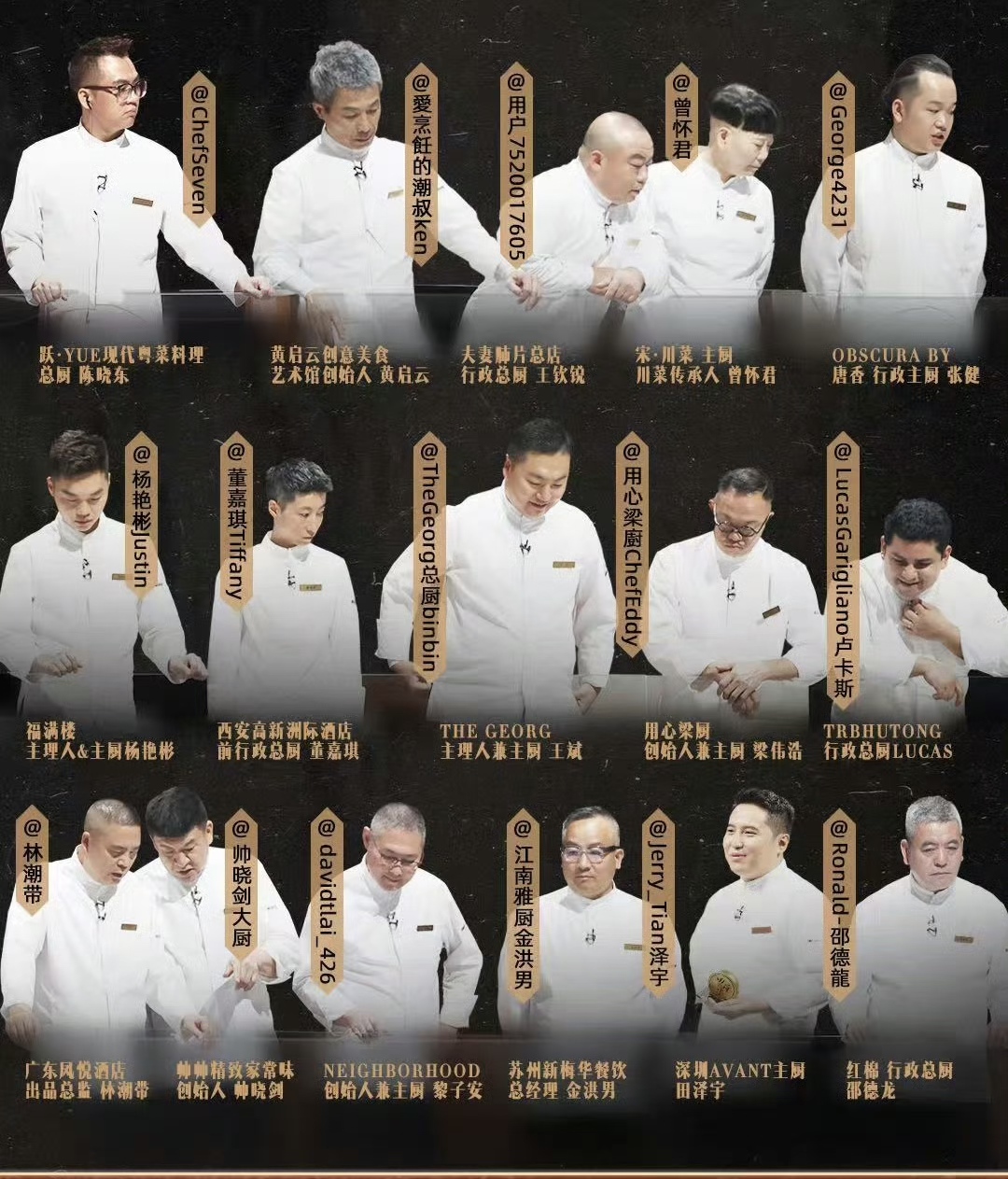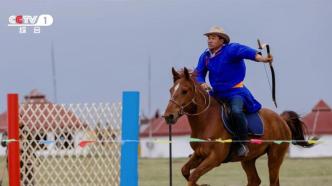
"Cows and sheep are scattered under the setting sun, and fragrant cheese is sweet from wild grass." When it comes to Inner Mongolia, people always think of the vast grasslands, groups of cattle and sheep, and passionate men riding horses.
On July 8, the large-scale cultural program "China in Intangible Cultural Heritage" jointly produced by China Central Radio and Television and the Ministry of Culture and Tourism will be broadcast on the CCTV integrated channel (CCTV-1) at 8:00 p.m. The exclusive first broadcast on the Internet will lead the audience into Inner Mongolia, a land rich in resources and ethnic culture, to experience the outstanding artistic expression and colorful life of the people of the Inner Mongolia Autonomous Region, and to witness the intangible cultural heritage of the grassland.

"China in Intangible Cultural Heritage" poster
A song "Aobao Meeting" resounded throughout the land of China. In this episode, the host Long Yang, the president of the Chinese Society of Cultural Relics, the sixth president of the Palace Museum, Shan Jixiang, a special researcher of the Central Museum of Culture and History, and the singer Na Ying, came to the Ewenki Autonomous Banner in Hulunbeier City, Inner Mongolia Autonomous Region "Meet Aobao" "Intangible cultural heritage town, starting from here, start the journey of grassland intangible cultural heritage experience.

"China in Intangible Cultural Heritage" Guest Poster
What kind of adventures did the guests experience in the intangible cultural heritage town of "Meeting in Aobao"?
The heroic archers showed off their stunning stunts on horse-riding archery on galloping horses; young fashion designers integrated the traditional elements of "Multiethnic Costumes of Inner Mongolia" in the fashion show; The "Three Treasures of Grassland Music" played melodious melody; the luminous trendy yurts showed the inheritance and innovation of "yurt making skills"; and the "medicine fragrance making skills" displayed by incense craftsmen led the audience to relive the skills that have been passed down for thousands of years.
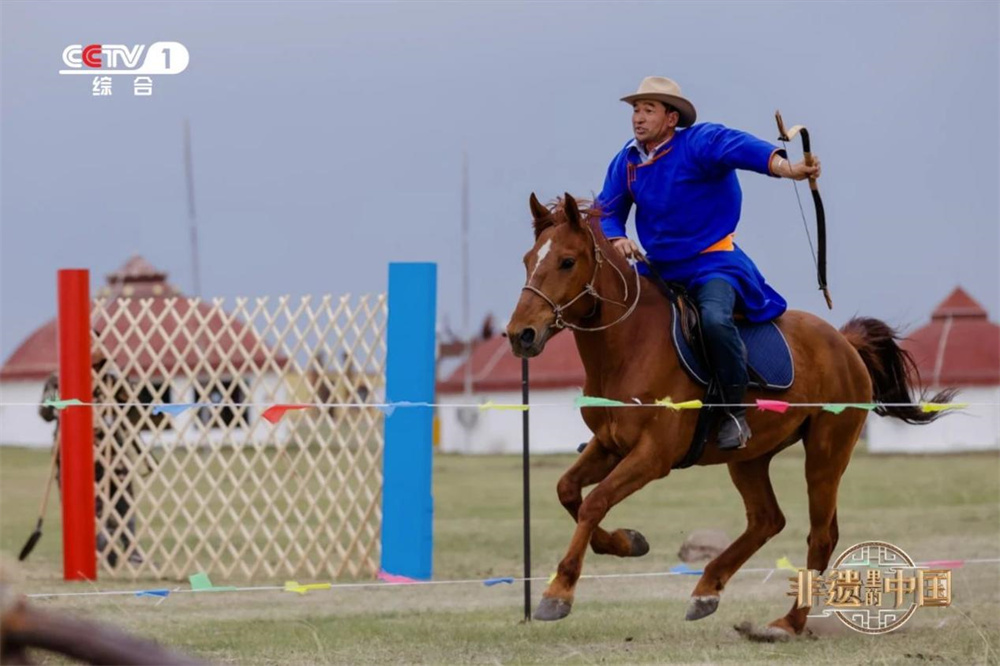
Stills of "China in Intangible Cultural Heritage"
The momentum is like chasing the wind, and the eyes are like electricity. Evolved from grassland survival skills, it reflects the blood of the children of the grassland and highlights the national cultural connotation passed down from generation to generation. "Horse show" and "shooting the sky target" have also become the items of the international riding and archery competition.
On the vast grassland, a multi-ethnic clothing show that combines modernity and tradition is being staged. In the international show, fashion that draws on the aesthetics of traditional Inner Mongolian clothing ignites the audience and leads the new trend of clothing development.
Through the "one-throat and two-tone" Humai, you can listen to the sound of nature. The melodious and lyrical long-tune folk songs can make you feel the relaxation of your soul. The matouqin tells emotional stories. Changing the sound of the piano is intoxicating, and the "Three Treasures of Grassland Music" records the real life of the grassland people.

Stills of "China in Intangible Cultural Heritage"
Meat is the food and milk is the drink, which creates the taste of grassland on the tip of the tongue. More than 30 kinds of dairy products, such as milk tofu, dried milk, milk skin and cheese, contain the life wisdom of the grassland people, as well as steaming hand-held meat. , is not only a delicacy in daily life, but also closely related to the reproduction of ethnic groups.
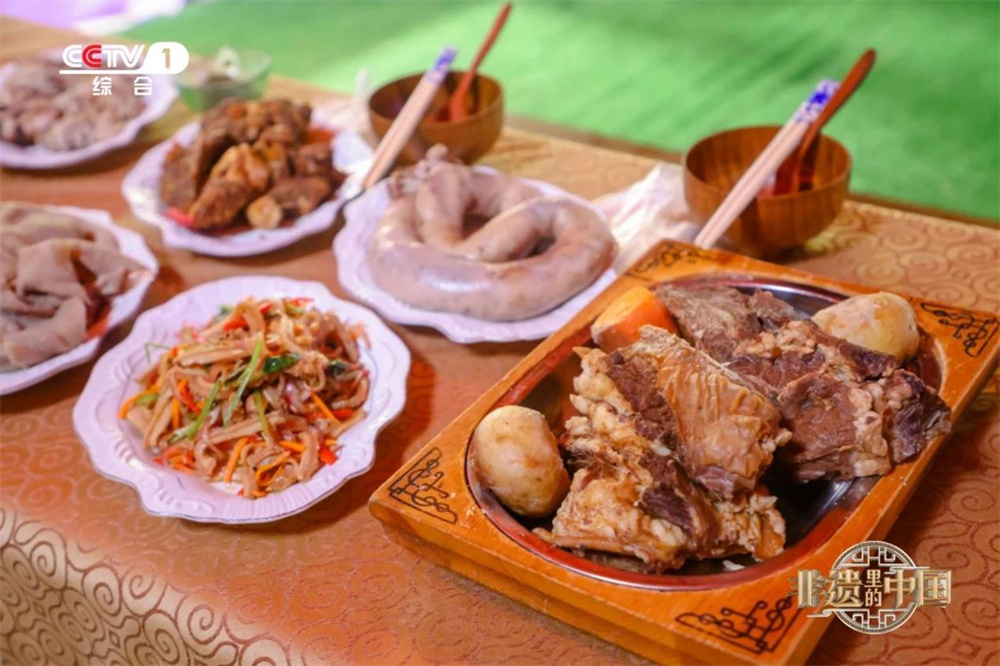
Stills of "China in Intangible Cultural Heritage"
Inflatable yurts, geometric yurts, and sandbag yurts, with the blessing of new technologies, yurts have transformed into various forms, but they remain the same. The core dome-like space is the source of all innovations. It not only realizes the function The diversity of the nomadic people also deeply contains the inclusive culture of the nomads and their cognition of the universe.
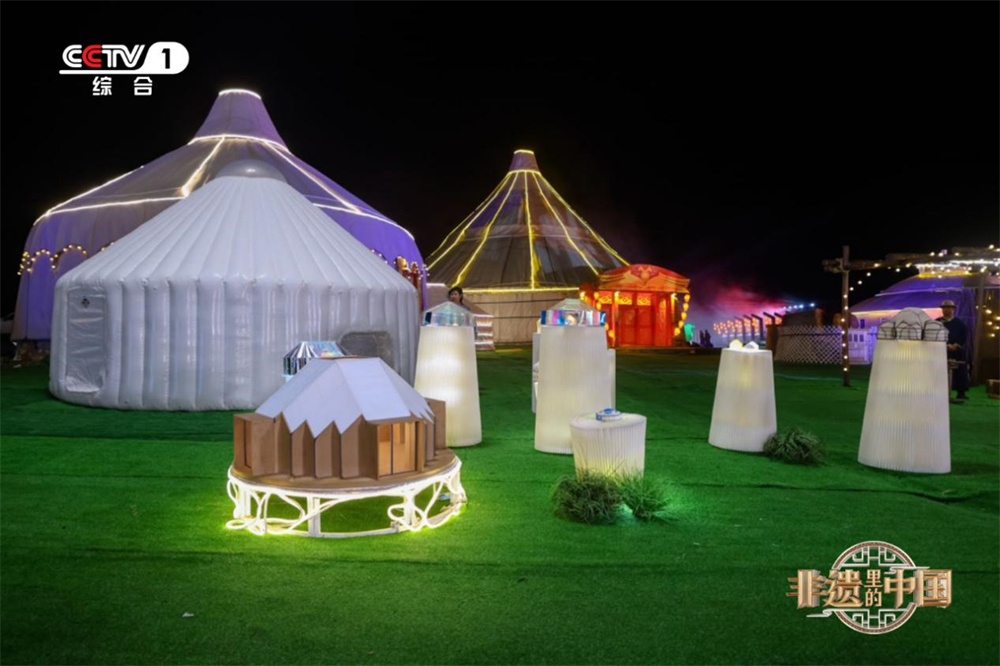
Stills of "China in Intangible Cultural Heritage"
Blowing sheng, drum springs, and bearing baskets are mouth springs with a history of at least 4,000 years, playing the ancient human first sound. Wool felt that is moisture-proof and warm is not only an intangible cultural heritage skill, but also a kind of grassland people's The collective labor lifestyle, as well as the heat transfer with iron instead of pen and fire as ink, draws thousands of worlds in the wisps of smoke. It takes a year-round medicinal fragrance to gather spices. Behind it is the almost harsh work of incense craftsmen. rigorous. Burn a stick of incense and smell the smell from the prairie.

Stills of "China in Intangible Cultural Heritage"
What is also expected is the creative show jointly created by the China Opera and Dance Theater. The dancers use imagery body language to describe the crystallization of wisdom of the nomads—the yurt. The process from production to construction conveys the Nomads have nostalgia for home and love for the grassland.
In the magnificent forest and grassland, the daily life of the children of the grassland bow horse is displayed in front of the audience, and the passionate and powerful dance shows the lofty aspirations of the nomadic people.
In the swamp, among the sheep, beside the haystacks... In the life-like scenes with strong grassland characteristics, the models walked in innovative costumes that integrated ethnic elements. In the collision of tradition and modernity, the aesthetics of Inner Mongolia's new costumes were vividly displayed.


